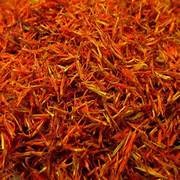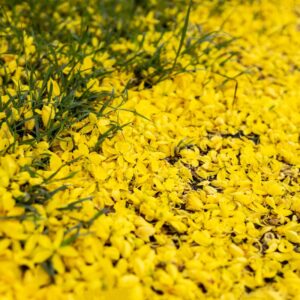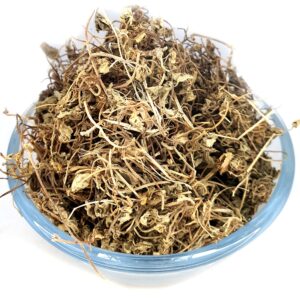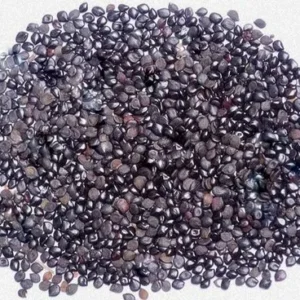Description
Common Names:
- Safflower
- Safflower Petals
- False Saffron
Forms:
- Dried Petals: Used as a natural coloring agent and for herbal remedies.
- Safflower Oil: Extracted from the seeds, used in cooking and skincare.
Origin:
- Native Region: Likely originated in the Middle East and parts of Africa.
- Cultivation: Grown in regions with warm climates, including the United States, India, and Mexico.
Nutritional Benefits:
- Oil Composition: Safflower oil is high in unsaturated fats, including monounsaturated and polyunsaturated fats, which are beneficial for heart health.
- Vitamins and Antioxidants: Contains vitamin E and other antioxidants that may help protect cells from oxidative stress.
Health Benefits:
- Heart Health: The unsaturated fats in safflower oil can help improve cholesterol levels and support cardiovascular health.
- Anti-inflammatory Properties: Safflower petals and oil may have anti-inflammatory effects, potentially benefiting conditions related to inflammation.
- Skin Health: Safflower oil is often used in skincare products for its moisturizing properties.
Uses:
- Culinary Uses: Dried safflower petals are sometimes used as a spice or coloring agent in cooking, though they are less commonly used than saffron.
- Herbal Remedies: Safflower petals are used in traditional medicine for their potential health benefits, including improving circulation and relieving menstrual pain.
- Skincare: Safflower oil is a common ingredient in cosmetic and skincare products due to its emollient properties.







